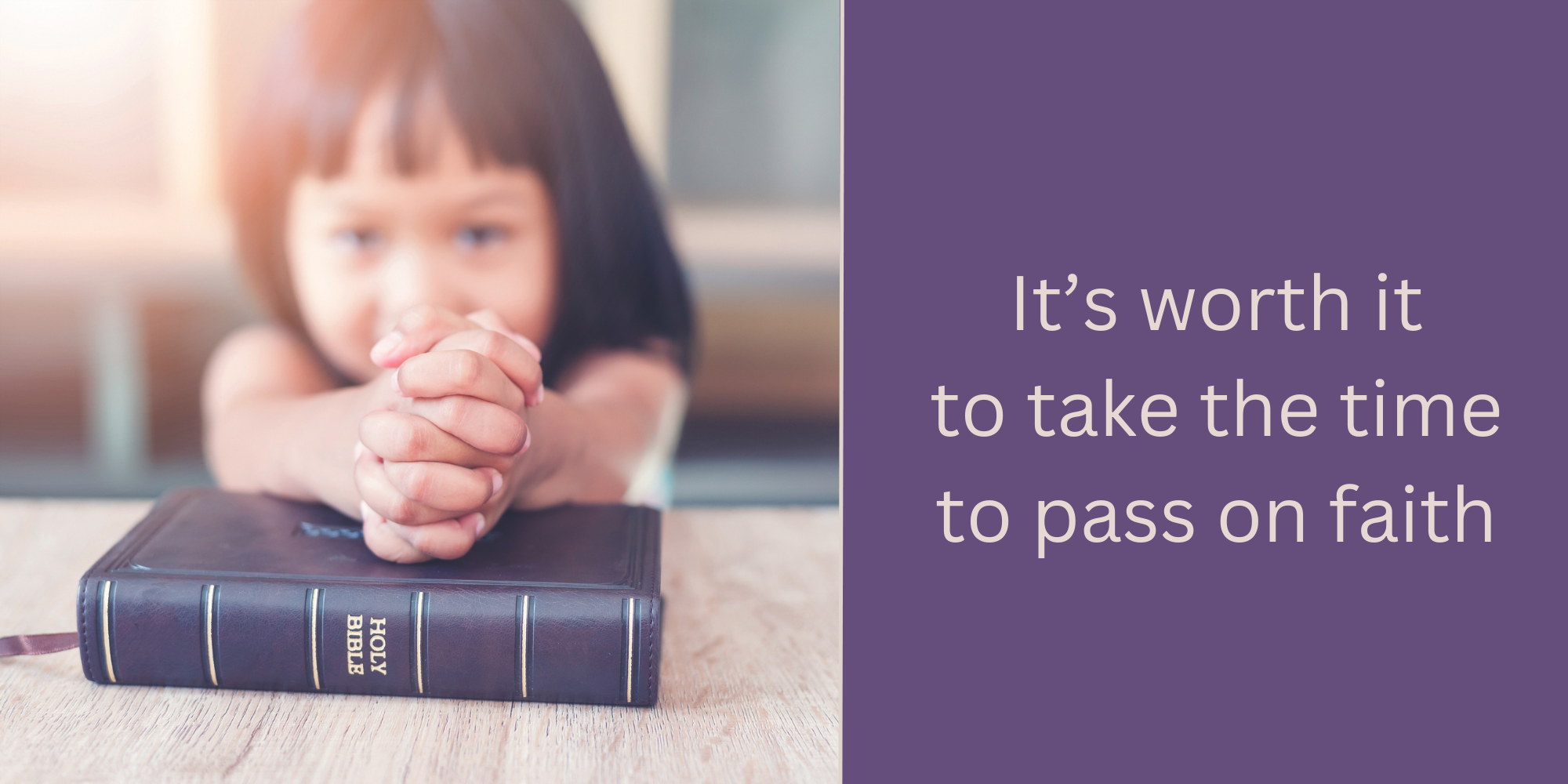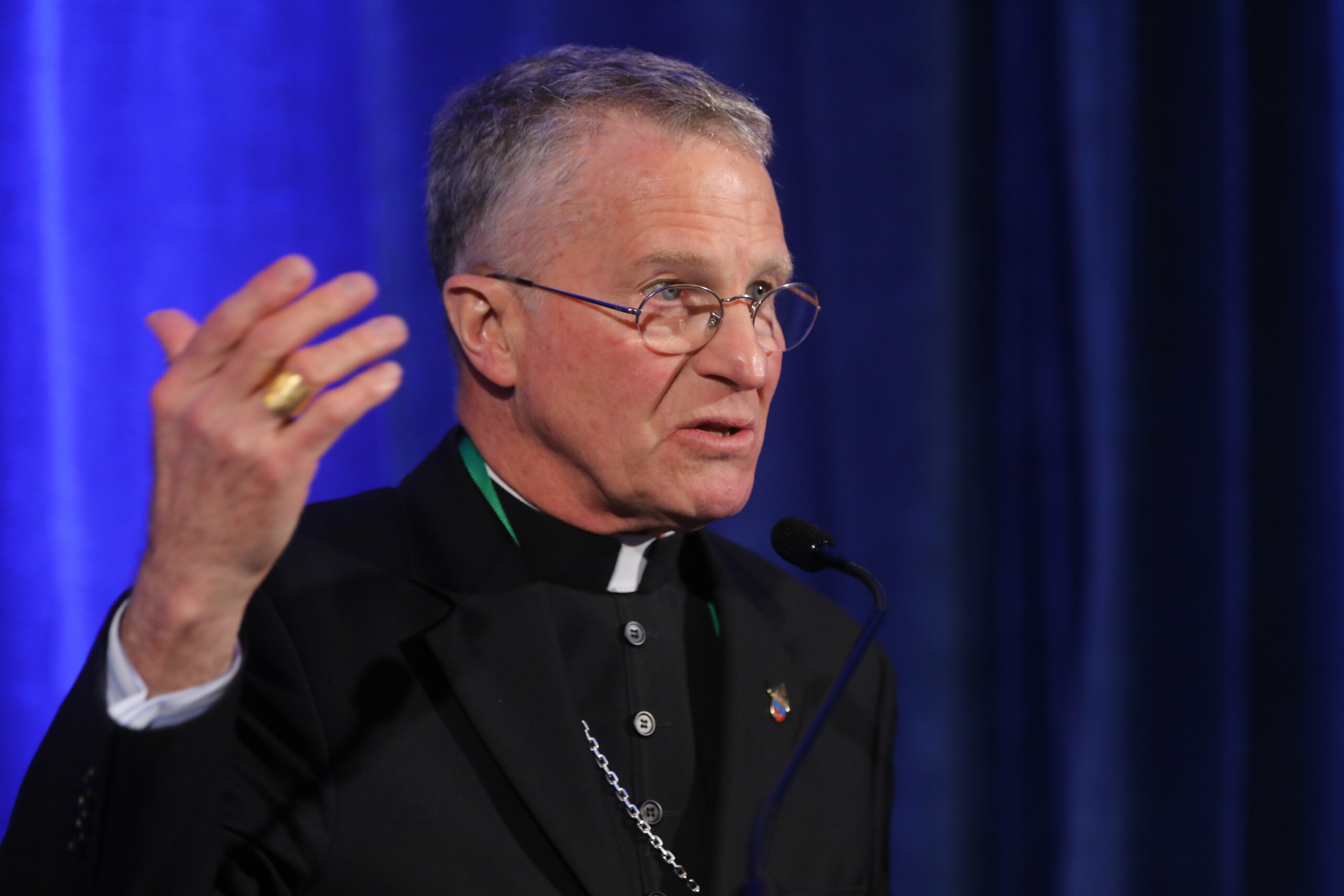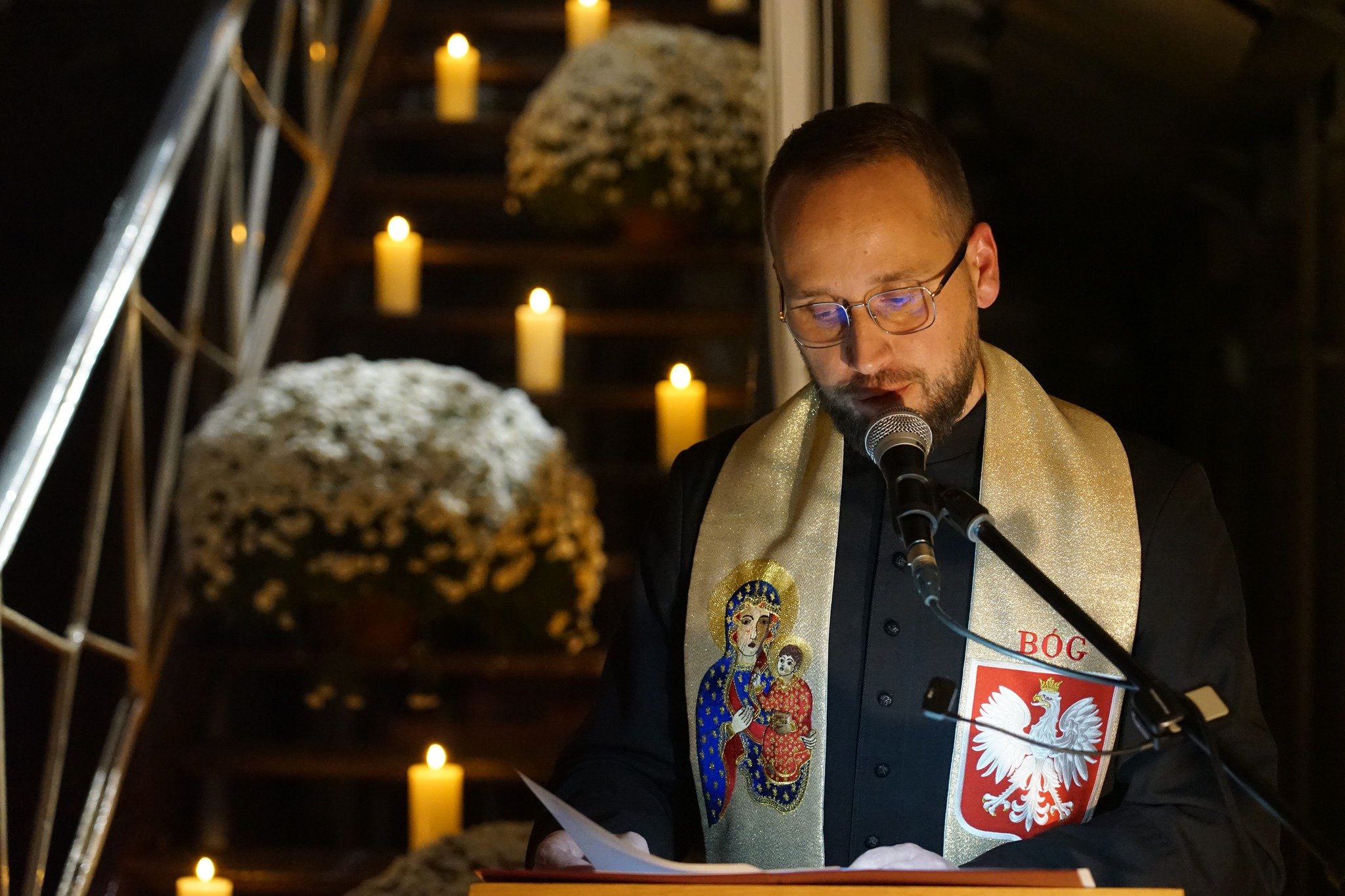
From day one, we parents strive to provide our children with the best upbringing by fostering their physical, emotional, and intellectual development. Equally important, but often overlooked, is developing their faith in God.
For Catholic parents, passing on a solid blend of faith and values is a must, especially in this modern, secular world. Yet this can tend to place low on our priority list. It is common for families to have full days of school, work, games, practices, and playdates. But despite the hectic pace of daily life, there are practical and meaningful ways to ensure that the spiritual growth of our children remains a priority.
Power of Prayer
Even small, consistent efforts significantly impact a child’s spiritual development. The most important is to pray together as a family because the family “is the domestic church” (Catechism of the Catholic Church 2685). The power of regular family prayer cannot be overstated. This does not need to be a long, drawn-out process.
I am often surprised at how many parents imagine family prayer as a somber, tedious chore of reciting long unfamiliar scripture that no one understands. We don’t need to overcomplicate it! Finding time to pray with our family can be as simple as saying grace before meals, calling upon the Holy Spirit for guidance before a big test or meeting, or saying a Hail Mary before bed.
Praying together instills a sense of family unity while reinforcing the importance of communication with God not only for ourselves but for others. And as children see parents actively engaging in prayer, they are more likely to develop those same prayer habits.
Living the faith
Find ways to integrate the Catholic faith into everyday family life. Designate a corner or room in your home as a sacred space for prayer and reflection. Decorate it with religious images, candles, and symbols to create a serene environment for spiritual contemplation. Encourage children to spend some quiet time there, fostering a connection with God. Just having this space as a holy reminder in the home subconsciously will reinforce the faith of your entire family whenever they see it.
We can also combine Catholic values into everyday life. For instance, fostering an environment of forgiveness in the family reflects the teachings of Jesus. Regularly receiving the Sacrament of Reconciliation can help us connect our faith to real-life experiences.
Mass Attendance
Despite the challenges of hectic family schedules, making Mass attendance a priority is crucial for fostering a strong Catholic identity in children. Regular Mass attendance not only strengthens our relationship with God but allows our children to experience the beauty and reverence of the liturgy, helping them understand the significance of the Eucharist.
If your family is busy with weekend activities, find a local parish in that area with Mass times to make attendance more convenient. You can always find a Mass that will work with your schedule.
Scripture
Reading and reflecting on the Bible as a family is a powerful way to deepen your children’s understanding of Catholic teachings. Again, this doesn’t require reading complicated scripture that your children will not understand. Choose age-appropriate Bible stories from a children’s Bible or Catholic online platform. This can launch open conversations about how these stories relate to our lives and offer valuable life lessons.
Education
Utilize the resources and classes provided by your parish to engage children in faith formation. Enrolling them at a young age in your parish’s faith formation classes can enrich their understanding of the Catholic faith. Additionally, parents should take the initiative to educate themselves about Catholic teachings, history, and traditions to be able to answer questions and be strong role models in the Catholic faith.
Nourishing our children’s Catholic spiritual journey is achievable with small but intentional efforts. By incorporating prayer, regular Mass attendance, Scripture reading, and continuing education, we can give our family a strong foundation for their faith.
Embrace the joys and challenges of parenthood, knowing that by prioritizing our children’s spiritual growth, we are shaping their lives with enduring values and a deep connection to God.
—Valerie Parzyck is director of family faith formation and youth ministry at St. John Vianney Church in South Burlington.
—Originally published in the Fall 2023 issue of Vermont Catholic magazine.





